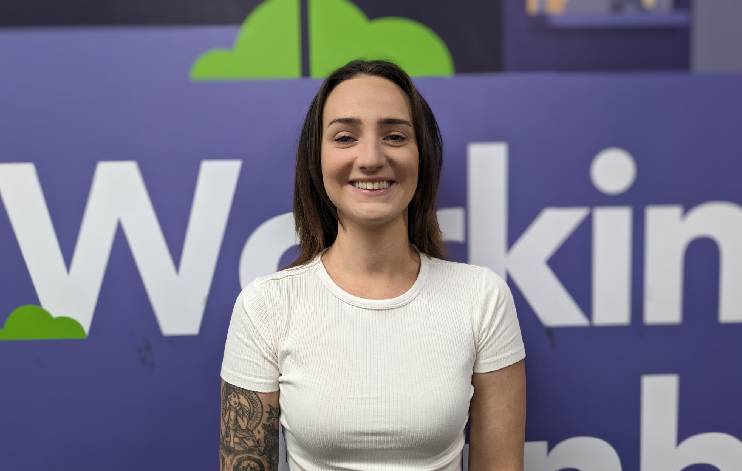Indigenous art transforming business culture in Australia
Published by MAXSolutions on May 27, 2020
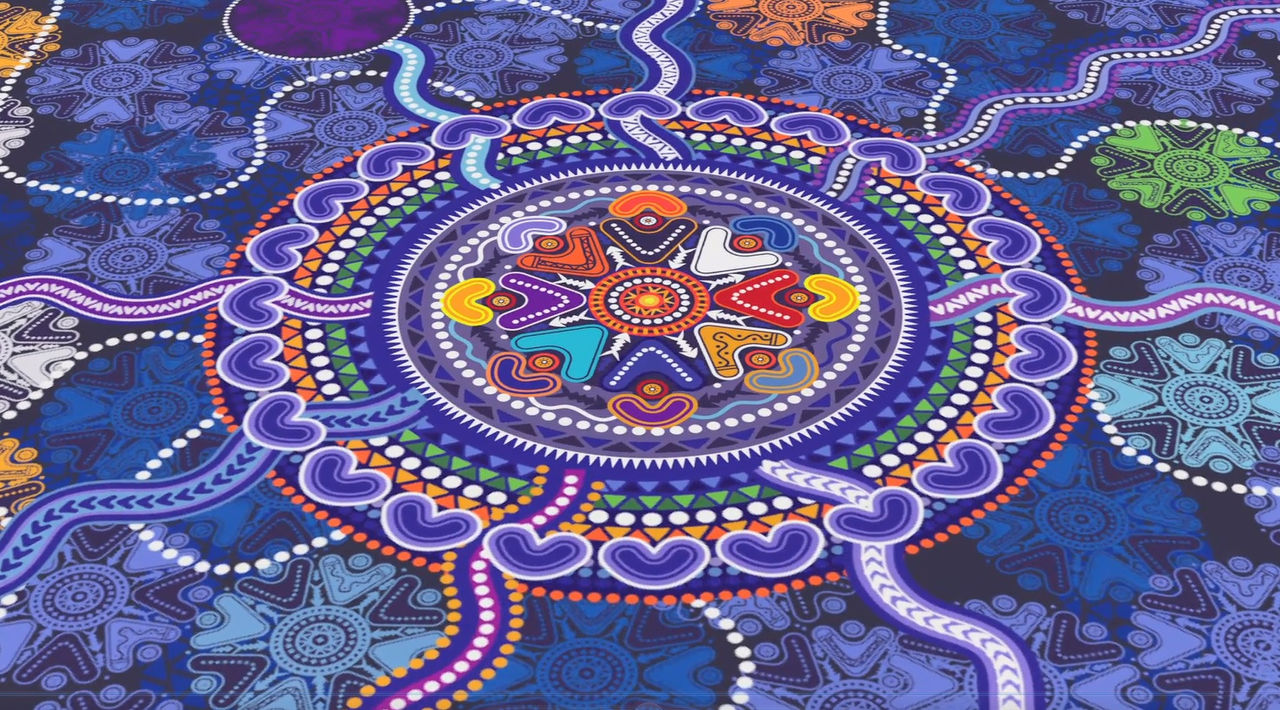
Indigenous Art is transforming business culture in Australia – pixel by pixel. Artist Riki Salam, who worked with MAX on its Reconciliation Action Plan artwork, reveals why the world’s oldest art is still so powerful.
2019 was a big year for Aboriginal Art. Major exhibitions brought the likes of Emily Kame Kngwarreye and Naata Nungurrayi to new audiences in the US. International auction houses also saw demand rocket, with several Indigenous Australian artists setting sales records.
Meanwhile, back home, we nudged closer to an important milestone as Reconciliation Australia revealed nearly three million of us work or study in organisations that embrace Indigenous art through a Reconciliation Action Plan (RAP).
On the face of it, it’s remarkable that the world’s oldest art tradition has such an important role to play in reshaping modern workplaces. But the use of art in RAPs encapsulates just about everything a business needs to know about how to create a sense of togetherness and inclusion.
For starters, it tells a story. One of the best ways to understand another culture is to experience it through art. “Of all our inventions for mass communications,” Walt Disney once said, “pictures still speak the most universally understood language.”
A creative partnership
Second, RAPs are a collective endeavour. Most are the result of a powerful creative partnership between artists and commissioning organisations. A process that Riki Salam, Director at Indigenous Art and Design agency We Are 27 Creative, says is of fundamental importance to their success.
“For me, it helps bring Indigenous and non-Indigenous cultures, practices and understandings together,” said Riki, who recently created MAX Solutions RAP artwork. “It is a lot easier for people to engage if they are involved in creating that artwork, and able to take ownership of it.”
“It is a step forward in the reconciliation process. We are saying: ‘this is a part of my culture and I want to share it with you,’ and vice versa. We learn from each other.”
Capturing your brand
Finally, RAPs work because they allow organisations to express their cultures in a totally unique and specific way, with artists using digital platforms to create RAP art that allows a high degree of brand individualization.
Riki, who has worked for clients including MAX, Foxtel, the Federal Government and the G20, describes a long journey that has allowed Indigenous art to speak powerfully to different audiences. “Corporate commissions have come on in leaps and bounds since I started in the industry,” he said.
“These days, Indigenous Art is utilizing colour a lot more and now technology means your choice of palette is pretty limitless. So working with clients, you are able to include their brand colours, meaning it is something special that belongs to them.”
“I guess it is about creating an understanding of what that artwork is about. Where you have more sacred stories of Aboriginal Art, that is one place. The more contemporary aspects, where it’s looking at telling a more modern story, that’s another place.”
Working on MAX Solutions Reconciliation Action Plan, Riki created Fire Country. An artwork that describes the passing on of knowledge to the next generation, and the spark that ignites flames of knowledge, renews country, enriches culture and empowers people.
Tags
Found this useful?
Help and advice
Our blogs are about helping people seek the information that they need for their steps in the workforce.

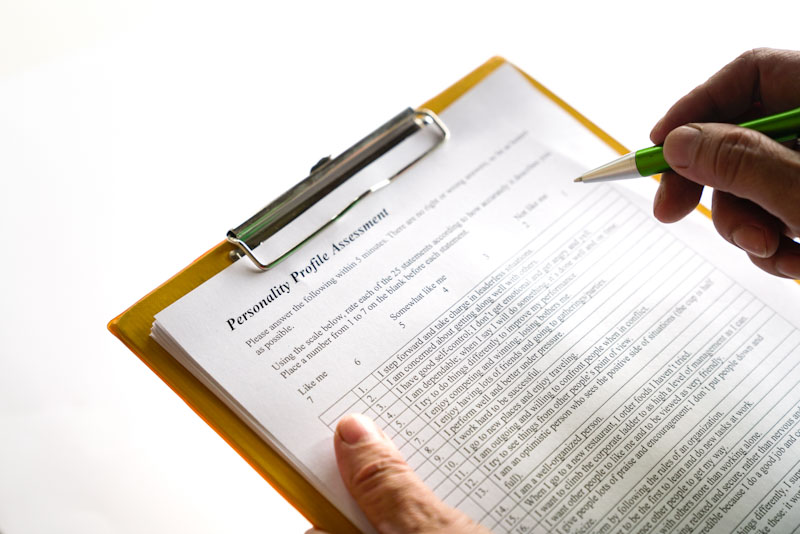












_1.jpg)
















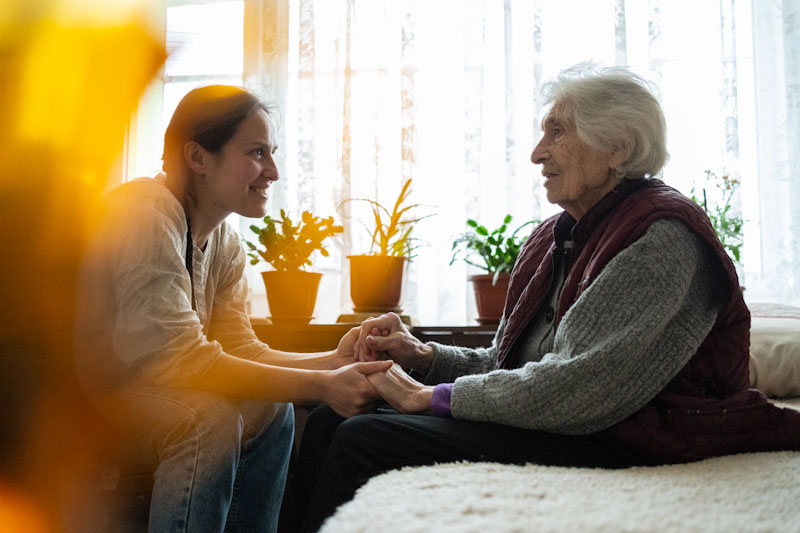




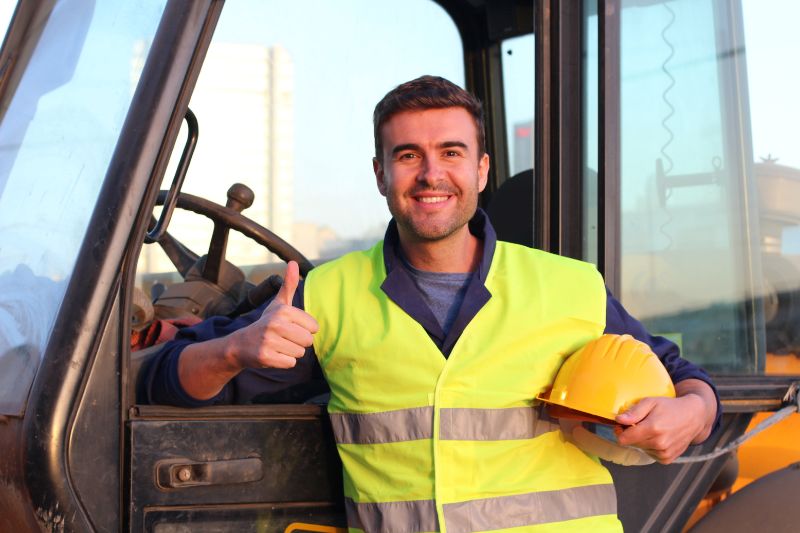







.jpeg)






